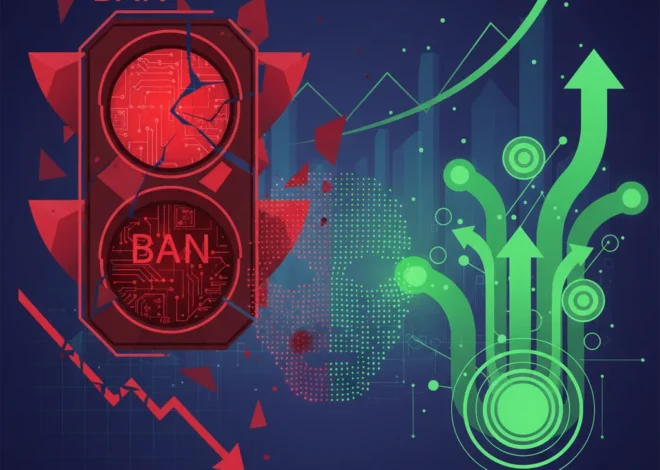
Intel’s Audacious Comeback: Inside the Arizona Fab That Could Redefine Tech’s Future
What if the future of artificial intelligence, the speed of the cloud, and the very foundation of our digital world was being decided… in the middle of the Arizona desert?
It sounds like the plot of a sci-fi novel, but it’s the reality of Intel’s colossal, multi-billion-dollar bet. The one-time undisputed king of silicon is staging a comeback, and its sprawling new facility in Arizona is the battleground. This isn’t just a story about a company trying to reclaim its former glory. It’s about a high-stakes gamble that could reshape the global tech landscape, impact countless startups, and determine who builds the engines for the next generation of AI.
For years, the narrative has been the same: Intel, the giant that powered the PC revolution, stumbled. It lost its manufacturing edge to overseas titans like Taiwan’s TSMC and South Korea’s Samsung. The most innovative companies, from Apple to Nvidia, took their cutting-edge designs to be manufactured elsewhere. Intel was seen as a legacy player, a step behind in the race to build smaller, faster, more efficient chips.
But now, with the world waking up to the risks of a concentrated global supply chain, Intel is making a bold claim: the comeback is here. And it’s happening at a facility that represents a monumental leap in technological innovation.
The Crown Jewel: What’s Happening in Arizona?
Deep inside its new Arizona complex, Intel is gearing up to produce what it calls the “Intel 18A” process. In the world of semiconductors, that “A” stands for angstrom, a unit of measurement so small it makes nanometers look chunky. This isn’t just an incremental improvement; it’s a quantum leap designed to catapult Intel past its rivals by 2025.
To achieve this, Intel is deploying two game-changing technologies:
- RibbonFET: This is Intel’s next-generation transistor architecture. Think of transistors as microscopic light switches; billions of them form the brain of a chip. For decades, we’ve used the FinFET architecture. RibbonFET is the next evolution, allowing for better performance and power control in a smaller footprint. For anyone working in machine learning or high-performance computing, this translates directly to faster training models and more powerful data processing.
- PowerVia: This might be the real secret sauce. Traditionally, the wires that deliver power and the wires that transmit data are on the same side of a silicon wafer, creating a tangled “road network” that causes traffic jams and signal interference. PowerVia is a revolutionary approach that moves the entire power delivery network to the back of the chip. It’s like building a separate subway system for electricity underneath the city, freeing up the surface streets for data to travel faster and more efficiently. This is a feat of engineering that competitors are still racing to figure out.
This advanced manufacturing is powered by equally advanced tools, including the next generation of High-NA EUV lithography machines from ASML—behemoths that cost upwards of $400 million each and are essential for printing these impossibly small circuits. The level of automation and precision required is simply mind-boggling.
More Than a Factory: A New Business Model for a New Era
Here’s where the story gets even more interesting. Intel isn’t just building these advanced chips for itself. The company is throwing open its doors with a new division: Intel Foundry Services. The goal is to become a world-class contract manufacturer for other companies—even its fiercest rivals.


